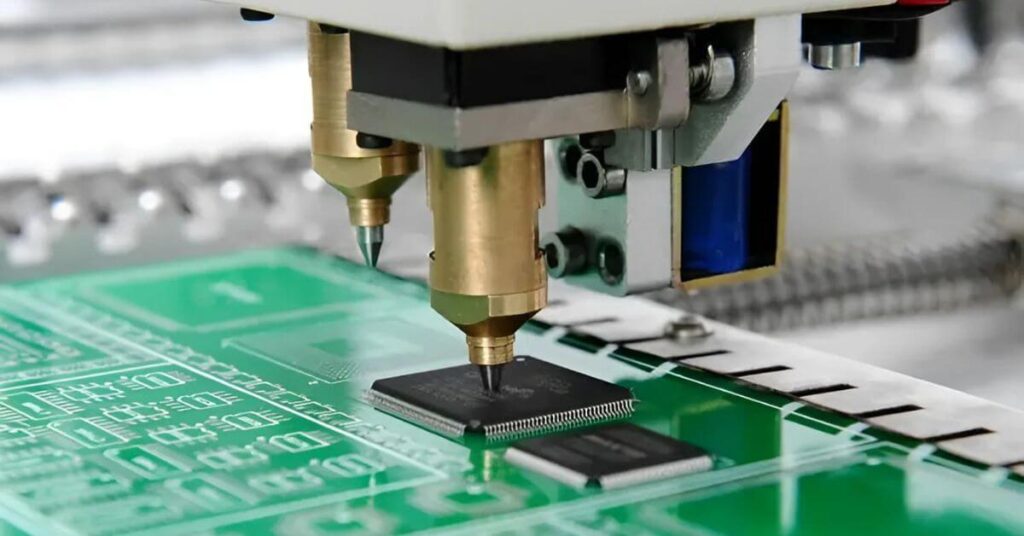Surface mount technology (SMT) has revolutionized the electronics manufacturing industry. The technique allows components to be precision-placed directly onto printed circuit boards (PCBs), enabling automated assembly of complex devices. However, the success of SMT hinges on the quality of soldering connections between delicate components and boards. Even minor oxidation during soldering can ruin devices or reduce their lifespan.
This is where SMT nitrogen generators play a crucial role. By providing a continuous supply of pure, dry nitrogen gas on-site, they create the optimum soldering environment to boost quality and efficiency.
Overview of SMT Nitrogen Generators
SMT nitrogen generators work by separating atmospheric gases using either pressure swing adsorption or membrane separation technology. They produce a continuous stream of high purity nitrogen gas with oxygen levels reduced to less than 100 parts per million (PPM).
When introduced into the SMT reflow soldering process, the nitrogen atmosphere prevents oxidation of sensitive electronics components and PCBs. This allows soldering to occur in an oxygen-free environment for optimal joint integrity.
Benefits of on-site nitrogen gas supply include:
- Enhanced wetting and adhesion of solder
- Minimal solderability changes
- Improved appearance of solder joints
- Faster solder point cooling without oxidation
- Continuous nitrogen supply on demand
- Lower operating costs compared to bottled nitrogen
Principles of Nitrogen Reflow Soldering
The premise of nitrogen reflow soldering is simple: eliminate oxygen to stop oxidation. By maintaining oxygen levels below 100 PPM, it creates an inert atmosphere where soldering can occur without damaging components or reducing joint reliability.
The core objectives include:
- Reducing oxygen levels below <100 PPM
- Preventing oxidation of components during process
- Allowing optimal wetting and adhesion of solder
Key Benefits of Using Nitrogen in Reflow
Utilizing nitrogen within SMT reflow ovens provides multiple advantages:
- Enhanced soldering quality with less defects
- Increased production efficiency through less rework
- Reduced cleaning requirements after soldering
- Lower costs from improved initial joint integrity
- Prolonged lifespan of delicate electronics
Nitrogen reflow soldering has become instrumental for quality and process control across electronics manufacturing industries including:
- SMT component production
- PCB fabrication
- Semiconductor manufacturing
- LCD/LED panel manufacturing
Choosing the Right Nitrogen Generator
With the basics covered, let’s discuss key considerations when selecting a nitrogen generation solution:
Determine Required Nitrogen Flow Rate
The first step is accurately determining the rate of nitrogen consumption for your process. Flow rates are specified in standard cubic feet per hour (SCFH).
Calculate Necessary Purity Levels
Next, establish the precise nitrogen purity needed. SMT applications typically require between 99.99% to 99.9995% pure nitrogen gas.
Evaluate Installation Requirements
Also assess available production floor space, service clearances, utility connections, and site provisions for installing the nitrogen solution.
Compare Generator Sizing, Options and Costs
With your SMT nitrogen flow specifications defined, compare quotations across suppliers while evaluating generator capacities, reliability, and after sales support.
Installing Your Nitrogen Generator
Once purchased, proper installation is key to realizing the benefits of on-site generation:
- Carefully follow placement guidelines to allow adequate clearances
- Complete all connections to utilities according to local codes
- Initiate system commissioning to activate safety features
- Set the purity level and flow rate to suit your SMT process
- Monitor nitrogen status and refill filters when required
The Future of SMT Nitrogen Systems
SMT nitrogen generator technology serves a vital role in advancing electronics manufacturing through high-quality nitrogen reflow soldering. For specialized advice on implementing nitrogen systems, contact industry experts to learn more about available solutions tailored for your production environment.

